Understanding OSB: What is OSB and What is it Used for?
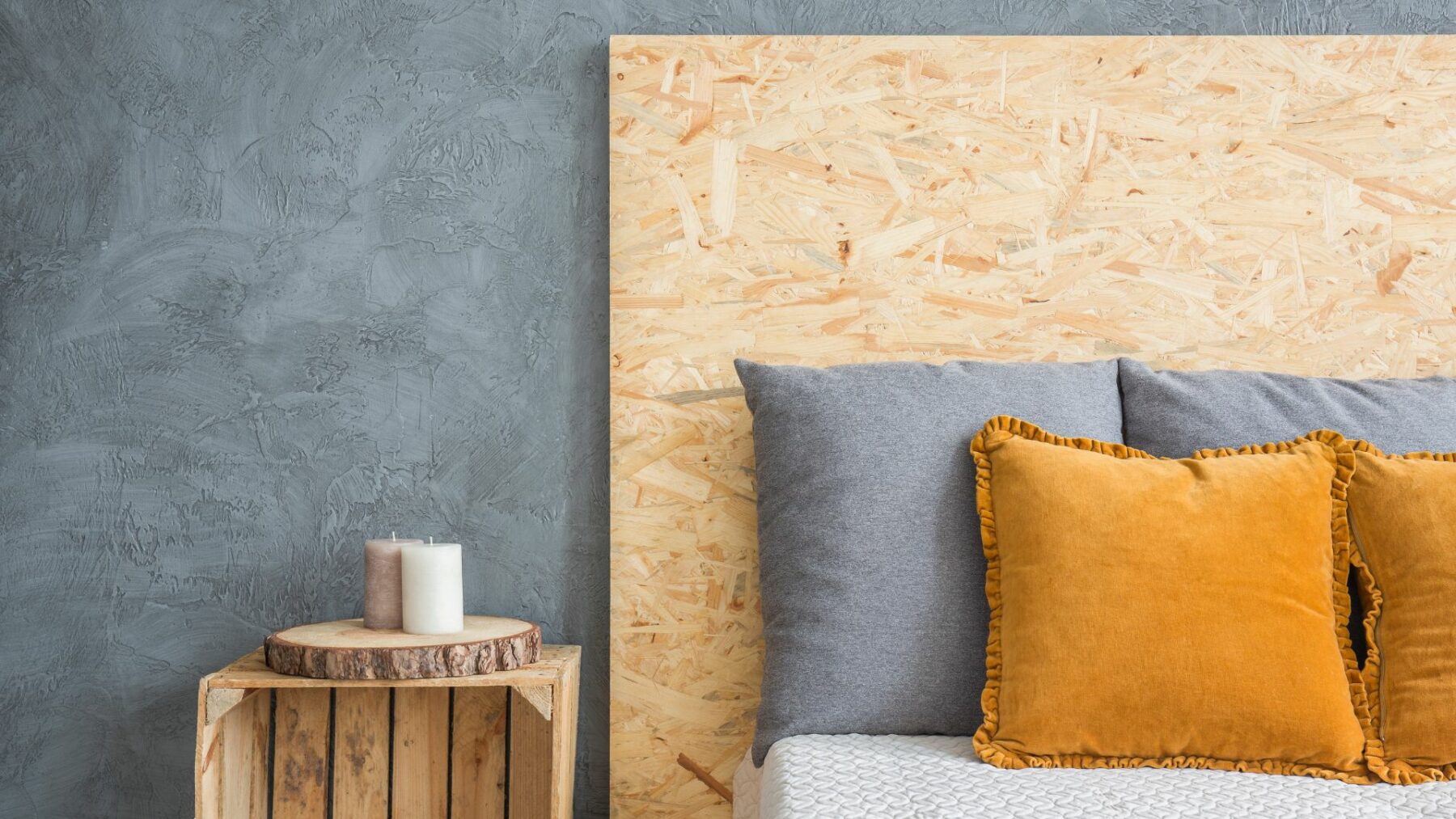
In the world of construction and woodworking, Oriented Strand Board, commonly referred to as OSB, plays a pivotal role. This versatile material has become increasingly popular for a wide range of applications due to its unique characteristics. This article provides a brief understanding of OSB, explaining what it stands for, its uses, and its strengths.
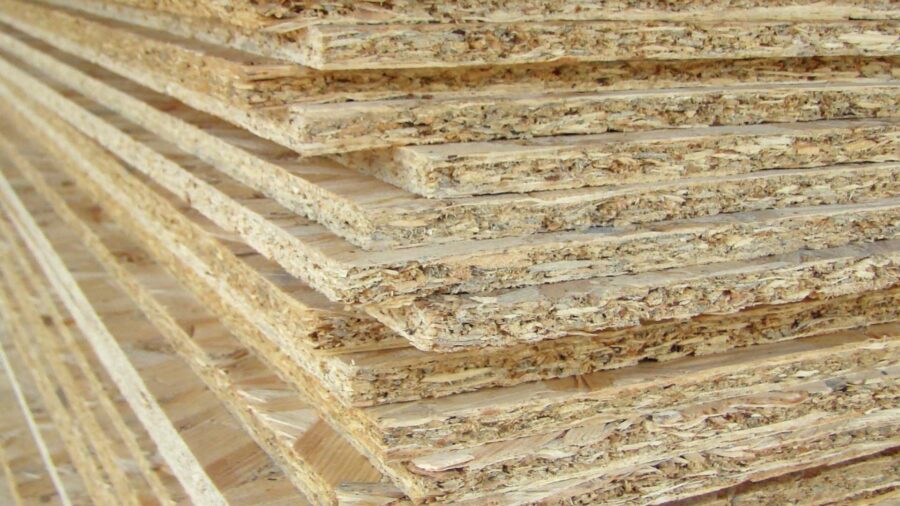
The Basics of OSB
What Does OSB Stand For?
OSB stands for Oriented Strand Board. It is a type of engineered wood product that is manufactured by compressing and bonding wood strands together using heat, adhesive resins, and pressure. These wood strands are typically arranged in layers, resulting in a sturdy and durable sheet material.
What is OSB Board?
OSB is a versatile building material that comes in sheets or panels. It is composed of multiple layers of wood strands, which are oriented in different directions for added strength. This cross-grain orientation enhances the material's stability and dimensional strength, making it less prone to warping or splitting.
The layered structure also ensures that OSB wood has consistent mechanical properties throughout the panel, which is a key advantage in structural applications. These strands are derived from various wood species, including pine and spruce. OSB boards can vary in thickness, with common options ranging from 7/16 inch to 1 inch or more.
One will typically use OSB in outdoor decking, subflooring,
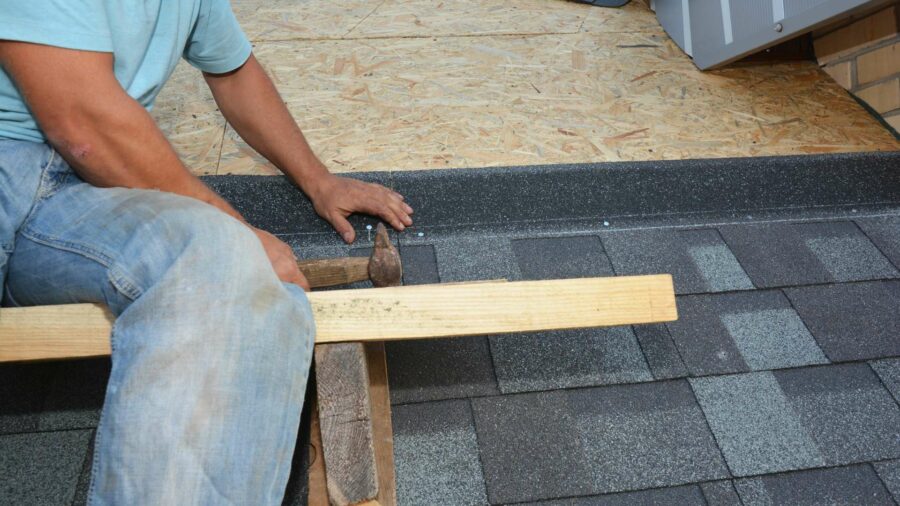
What is the Best Use of OSB Board?
Oriented Strand Board (OSB) is a versatile building material with a wide range of applications in the construction and woodworking industries. Choosing the best use for OSB board depends on its unique characteristics and your specific project requirements. Here are some of the best applications for OSB board:
- Subflooring: OSB subflooring is a popular choice for subflooring due to its exceptional strength and cost-effectiveness. It provides a stable and level surface for flooring materials such as hardwood, laminate, or carpet. Its ability to withstand heavy loads makes it an ideal choice for both residential and commercial buildings.
- Wall Sheathing: OSB sheathing is commonly used as wall sheathing, providing structural support and stability to exterior walls. It helps create a solid, rigid surface for siding materials while contributing to the building's overall integrity.
- Roof Decking: OSB board is frequently used as roof decking, serving as the foundation for roofing materials like shingles or metal panels. Its strength and dimensional stability ensure that the roof remains sturdy and can support the weight of snow, wind, and maintenance personnel.
- Furniture and Cabinetry: OSB can be used in interior projects, such as furniture and cabinetry construction. Its affordability and versatility make it a practical choice for developers and professionals alike. While it may not have the aesthetic appeal of hardwood, it can be an excellent choice for functional, cost-effective pieces.
- Temporary Construction: OSB is also suitable for temporary construction applications, such as formwork for concrete pouring. Its strength and durability allow it to withstand the rigours of construction, and its cost-effectiveness makes it a practical choice for projects where temporary structures are needed.
- Packaging and Crating: OSB is sometimes used in packaging and crating applications due to its strength and ability to protect goods during transportation. It provides a sturdy enclosure that can withstand handling and shipping.
The best use of OSB board ultimately depends on the specific demands of your project, your budget, and your performance requirements. Whether you need structural support, a reliable subfloor, or an affordable material for the interior, OSB's versatility and cost-effectiveness make it a valuable resource in the world of construction and woodworking.
Is OSB Waterproof?
One common question about OSB is whether it is waterproof. OSB is not naturally waterproof but can resist moisture to some extent. To enhance its resistance to water, manufacturers often treat OSB with water-resistant coatings or use exterior-grade adhesive in its production. However, for applications where waterproofing is crucial, alternatives like marine-grade plywood may be a better choice.
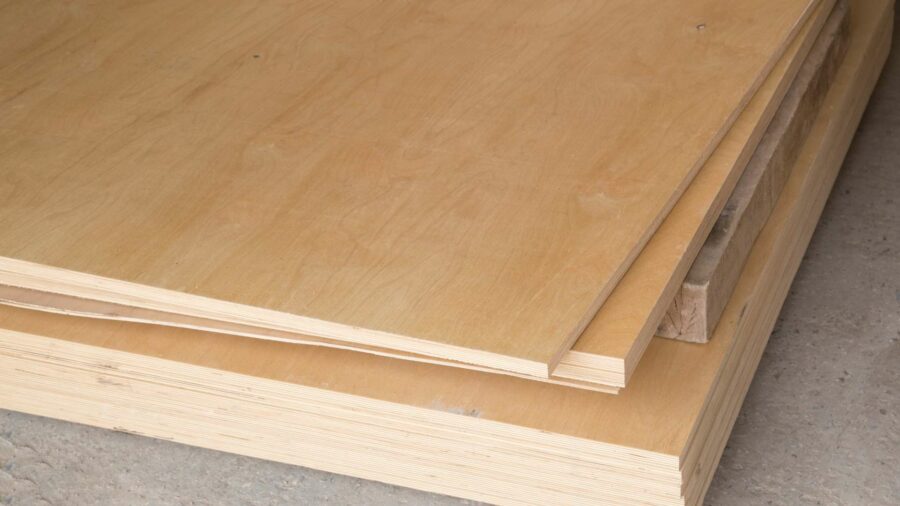
OSB vs. Plywood
OSB and plywood are engineered wood products used in construction with distinct differences.
OSB is known for its uniformity and strength, making it cost-effective and suitable for subfloors and sheathing, though it's less moisture-resistant than plywood.
Plywood, on the other hand, consists of wood veneer sheets glued together with alternating grain direction, offering good strength and superior moisture resistance, making it ideal for exterior applications. Plywood can be pricier and is often chosen for construction and furniture.
The choice between OSB and plywood hinges on factors like budget, moisture exposure, and project-specific requirements.
OSB vs. Particle Board
OSB is often compared to particle board due to their similar appearances, but they serve different purposes. While OSB sheets consist of wood strands pressed together, particle board is made from wood particles bonded with adhesive. OSB is generally stronger and more suitable for structural applications, whereas particle board is primarily used for furniture and interior projects.
Making Informed Choices with OSB
When considering the use of OSB in your project, it's essential to weigh its strengths and weaknesses. OSB is generally stronger than plywood when it comes to shear strength, but plywood may have advantages in certain situations, such as moisture-prone environments. Always consult with a structural engineer or architect to determine the best material for your specific needs.
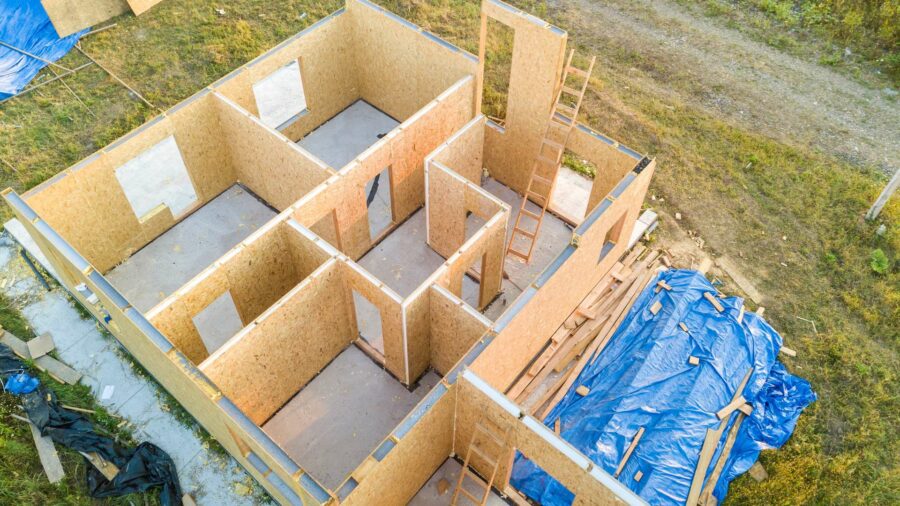
In conclusion, Oriented Strand Board (OSB) is a versatile engineered wood product used in a wide range of applications in the construction and woodworking industries. While it has its strengths, such as affordability and structural stability, it's important to carefully consider its suitability for your project's unique requirements. By understanding the characteristics and applications of OSB, you can make informed decisions that ensure the success of your construction or woodworking endeavours.


